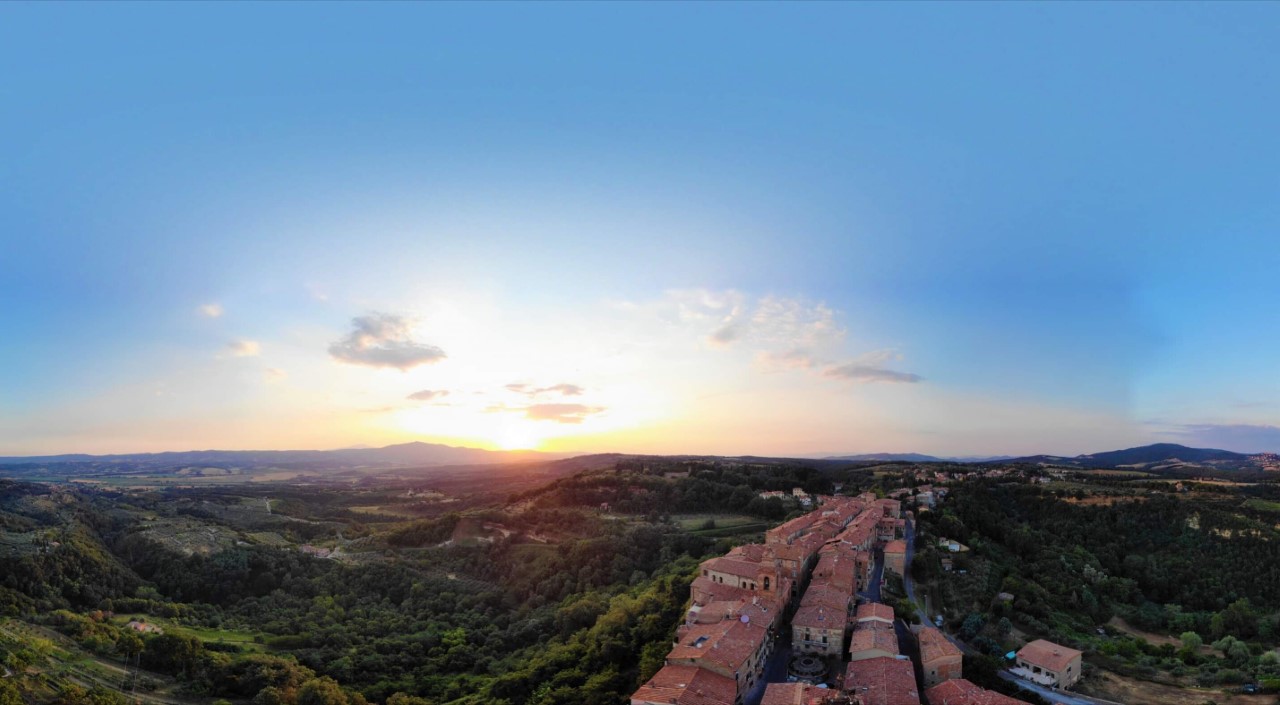"The territory of Monteleone di Orvieto boasts an incredible natural landscape that embraces parts of Umbria, Lazio and Tuscany. Due to its dominant position over Orvieto and Città della Pieve, it was for a long time an important strategic place. The town is an integral part of Upper Orvieto, an area of extraordinary beauty from a landscape point of view, of considerable historical, artistic, architectural and cultural interest. A landscape where castles, once control places of the territory but also fervent centers of agricultural and artisan life, still present themselves with their original structure. The "living well" area, characterized by an uncontaminated environment, natural food at zero kilometer and excellent quality of life. The Castle of Monteleone, built by the hands of the Orvietani between 1000 and 1100 to defend the northern borders, was characterized by mighty walls, still visible in some places.
The first official document in which Monteleone is mentioned is an official act of Emperor Frederick II of Swabia in 1243, with which the new boundaries of Castel della Pieve, loyal to the emperor, were established. In 1278 the Municipality of Orvieto determined the boundaries of its territories and Monteleone was referred to as Piviere. The Monteleone Castle remained under Orvieto's control until 1373, the date on which, at the behest of Charles IV, it passed to the Viscount of Touraine, then it was ceded to Count Ugolino di Montemarte da Corbara. It was always disputed by the Counts of Marsciano who already owned the nearby Castel Brandetto. Between 1643 and 1644 the fate of Monteleone changed drastically: during the Castro War between the Pope and the Farnese, the castle was besieged, destroyed and sacked by the Florentines, allies of the Farnese. After the reconquest by the Church, it remained part of it until the unification of Italy.
Participation in the public and free Wifi network is intended as a way for our administration to offer citizens increasingly efficient services "
